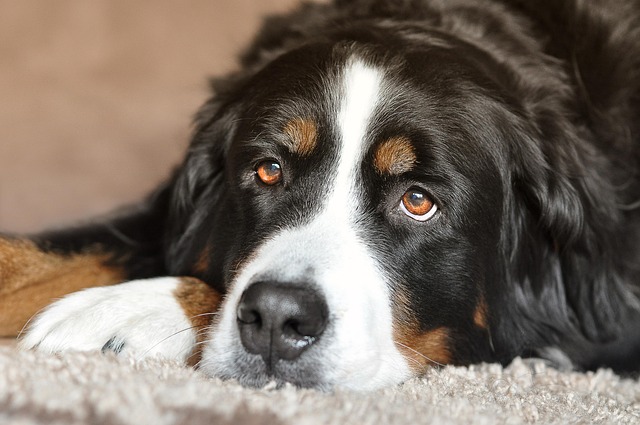
How do i train my dog to be obedient?
Watching your dog dart across the park ignoring your calls isn’t just frustrating—it can put them at risk near busy streets or public spaces.
Start with tiny, clear cues your dog can pick up quickly—like holding a treat near their nose and saying “sit” as you gently guide their hindquarters down. Most dogs catch on to these simple actions faster than long, complicated commands, and rewarding them right away with a small snack or excited praise builds trust fast. Just remember to keep each session short, around 5 to 10 minutes, so your pup doesn’t get bored or frustrated—this keeps training feeling easy for both of you.
Always tie training to real-life habits your dog already follows, like waiting by the door to go out. Use that moment to practice “wait” before opening the door, and reward them when they stay put. This connects training to their daily routine, making it stick faster. Also, check your local area’s rules—many places require dogs to respond to basic commands like “come” in public spaces, and following these laws keeps you both safe while you practice.
 Pay attention to what motivates your dog most—it might be a favorite toy instead of treats, or just lots of belly rubs. Tailoring rewards to their likes makes them more eager to learn, which speeds up progress. For example, if your dog goes crazy for a tennis ball, use it to reward them for “down”—toss the ball right after they lie down, and they’ll start associating the command with something fun. This kind of positive reinforcement works better than scolding, and it keeps training stress-free.
Pay attention to what motivates your dog most—it might be a favorite toy instead of treats, or just lots of belly rubs. Tailoring rewards to their likes makes them more eager to learn, which speeds up progress. For example, if your dog goes crazy for a tennis ball, use it to reward them for “down”—toss the ball right after they lie down, and they’ll start associating the command with something fun. This kind of positive reinforcement works better than scolding, and it keeps training stress-free.
Avoid repeating commands if your dog doesn’t respond at first—this can confuse them. Instead, go back to a simpler step they already know, like “sit,” reward them for that, then try the new command again. If you’re training in a busy park, move to a quieter spot if they get distracted—less noise helps them focus, making the process easier. And don’t forget to be consistent with your cues—always say “stay” the same way, not sometimes “stay” and sometimes “wait,” so your dog doesn’t mix things up.
Training your dog fast and easy isn’t about being perfect—it’s about being consistent and patient with small wins. Over time, those short daily sessions will add up, and soon your dog will respond to commands without you even reaching for a reward. Following local laws while you practice also helps you build a good routine, and enjoying the process together strengthens your bond. Before you know it, training will feel like just another fun part of your day with your pup.

Watching your dog dart across the park ignoring your calls isn’t just frustrating—it can put them at risk near busy streets or public spaces.

New puppy owners often find themselves rushing to clean up accidents before they set in, and that’s where puppy pad training becomes a game-changer.

If you've noticed your dog's waistline disappearing and your veterinarian has mentioned those few extra pounds, your first instinct might be to simply reduce the amount of food in their bowl.

Training a dog to use a designated spot indoors isn’t as daunting as many new owners fear, but it does take consistency and an understanding of your pet’s needs.

That moment of dread on a walk is all too familiar for many new dog owners. You see another dog approaching down the sidewalk of your neighborhood

If the sight of another dog on your neighborhood walk makes your heart sink as your own dog erupts into a frenzy of barking and lunging, you're not alone.